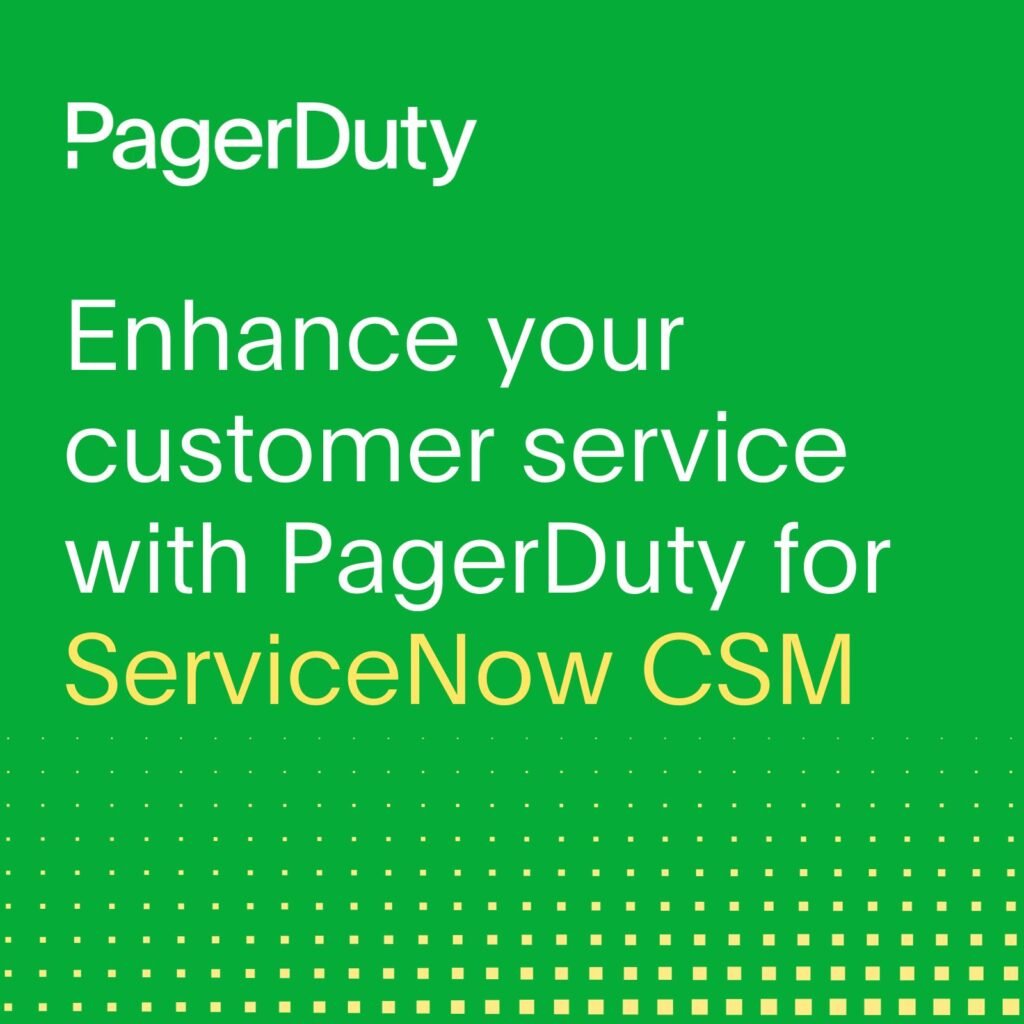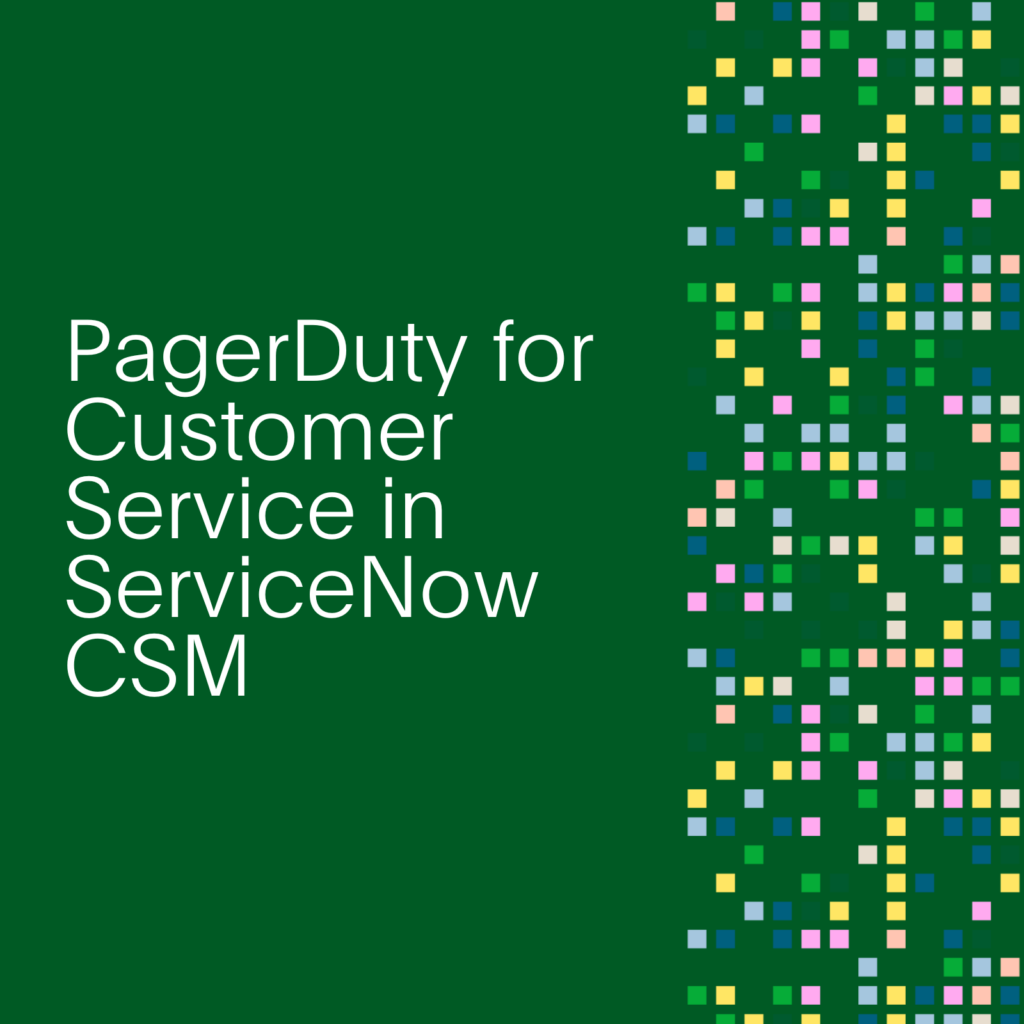- PagerDuty /
- Blog /
- Customer Service /
- Customer Service Ops – New Features Release
Blog
Customer Service Ops – New Features Release
Over the last few years, our world has become increasingly digital, from streaming and shopping to work and health care. Customers want these digital experiences to be seamless. This has become a key priority for all businesses as well, as they depend on happy customers to drive sales and brand reputation.
To ensure these seamless digital experiences, technology teams have doubled down on reliability, user experience, and building new features. Yet, the digital world isn’t perfect, and companies need customer service teams now more than ever to ensure that even when problems happen, customers are reassured and retained.
PagerDuty for Customer Service helps customer service teams get proactive, reduce the time spent on cases, beat SLAs, and provide unmatched levels of customer service.
Last fall we launched the PagerDuty application for Salesforce Service Cloud, which allows users to work directly in Salesforce Service Cloud, reducing the need to context switch. This helps customer service teams work quickly, efficiently, and cross-functionally where they work. Now we’re excited to announce even more features for our customer service users. These new features will help teams understand the blast radius of customer-impacting issues, and help them respond faster.
Incident Subscription
With Incident Subscription, CS agents are now able to subscribe to an incident directly inside SFDC via our real-time service status console. With a single click, Agents can receive real-time updates on the progress and resolution of an incident (without the need to manually “link” a ticket and an incident, which was how it was set up previously). Once subscribed, Agents can work other customer tickets in their queue, knowing that PagerDuty will re-engage them when it’s time to close the loop with impacted customers.
Dashboard Toggle
With this new feature, customer service agents can have a Status Dashboard that is specific/relevant to them. They can separate the view between overall back-end system health and system health as it directly relates to customers, as you can create a Status Dashboard with business services specific to customer-facing services. This gives CS more simplicity.
Customizing PagerDuty Incident Titles With Salesforce Data
Agents can further empower teams to customize PagerDuty incidents based on key information from the Salesforce case. With this data, it’s easier to identify the customer, problem, urgency, and link multiple cases to a PagerDuty incident. Agents can see at a glance what incident a case relates to and give as many details as possible without having to drill down too much, context switch between tools, and look for real-time updates on case progression.
Visibility Into linked SF Cases in PD Web
Ever wonder about the blast radius of an incident to your customers or how many customers are impacted by an issue? Well, wonder no more! Whether in PD Web, Mobile or email, PD for Customer Service links and reports on cases related to incidents (and vice versa). Why? It’s to allow Customer Service Agents to justify the urgency of a specific incident based on the number of cases they’re getting. For incident response, it also allows IR to see how many customers are complaining about a disruption, after all, customers are a key signal to the health of digital assets.
With these new features, we are providing customer service teams with more ways to continuously break down the silos between support and response teams and to respond quickly and easily to any incident. This empowers customer service agents to own cases from end to end.
Learn more about PagerDuty Customer Service Ops here. Plus contact sales or sign up for a 14-day free trial to get started.


